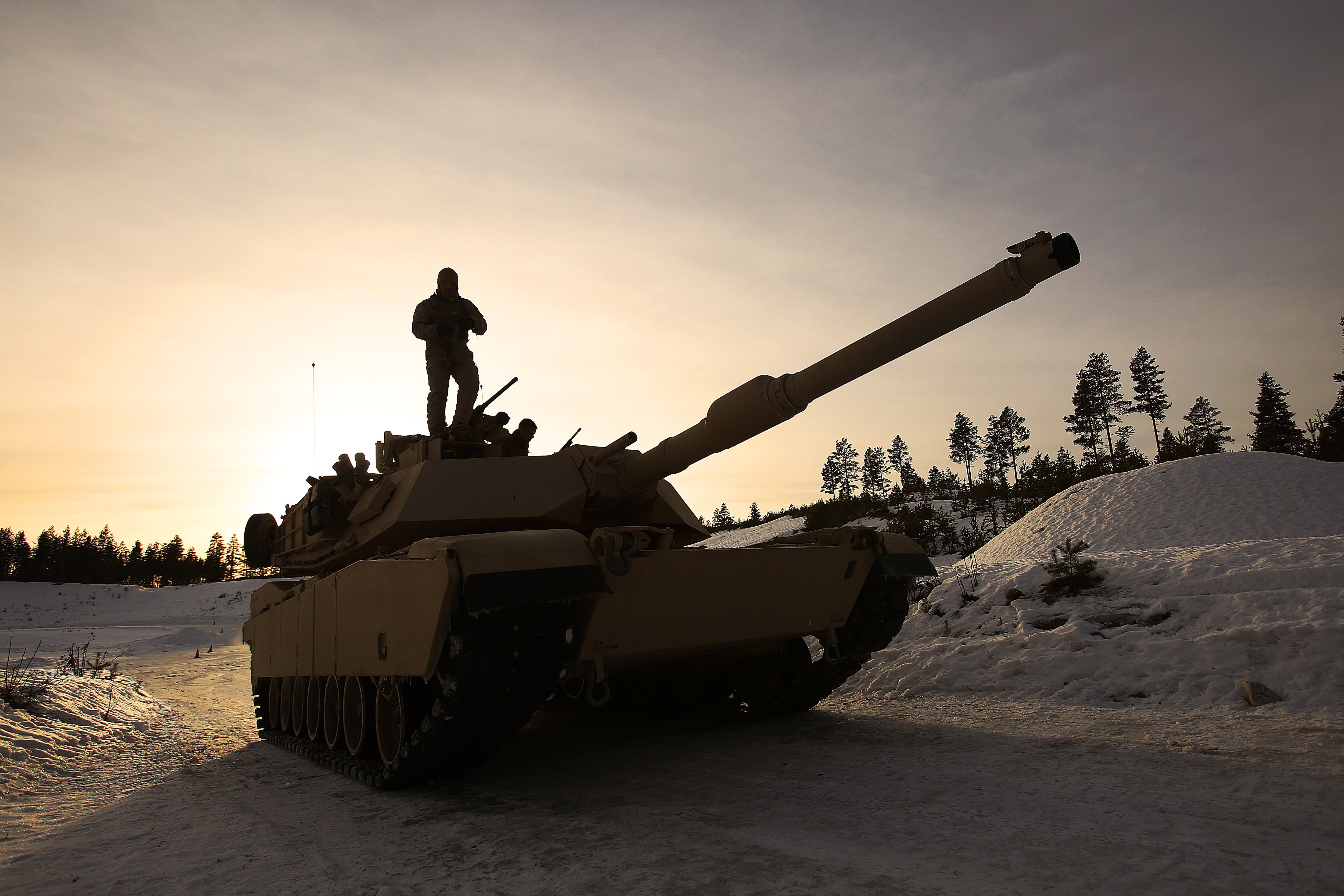For two months in 1944, Marines from the 1st Marine Division alongside soldiers from the Army’s 81st Infantry Division fought a bloody battle for the small coral island of Peleliu, Palau.
Roughly 27,000 American troops dropped large amounts of explosives attempting to defeat the nearly 11,000 Japanese soldiers who turned the 5.4 square mile island into a fortress.
In late July a team of the newly created littoral explosive ordnance neutralization Marines came to the island with the goal of using their new skills to remove the explosives leftover under water and on shore.
The team, consisting of eight enlisted Marines and one officer, were created Sept. 2019 as the 1st Explosive Ordnance Disposal Company, 7th Engineer Support Battalion, 1st Marine Logistics Group based on Camp Pendleton, California, 1st Lt. Brian Tuthill, a Marine Corps spokesman told Marine Corps Times in an early August email.
The goal of the unit is to provide the Marine Corps with the capability of removing enemy explosives underwater in contested littoral areas.
Prepping for a fight in the small islands and atolls of the Pacific has been a priority for Commandant of the Marine Corps Gen. David Berger since he took over the post as top Marine during the summer of 2019.
RELATED

The Corps envisions itself fighting a small war with Marines spread out the Pacific in small units equipped with anti-ship missiles and other weapon systems that would make it hard for China to get its soldiers off the Chinese mainland.
Three Marines were sent to the Naval Diving and Salvage Training Center and Naval School EOD Underwater Division in July, Tuthill told Marine Corps Times in the early August email.
The Navy school, created in 1941, is a four-month course meant to train sailors and now Marines on underwater explosive removal and currently roughly 1,800 are qualified to remove explosives under the water Navy Lt. John Mike, a Navy spokesman told Marine Corps Times in a Monday email.
Though no Marines have completed the course yet, the Navy is eager to help the Corps develop its littoral EOD capabilities, Mike said.
“Navy EOD has a long history of collaborating with the Marine Corps,” Mike said. “Navy EOD looks forward to working with the Marines to develop the littoral regiment’s Expeditionary Advanced Basing Operation capabilities by sharing best practices, training and doctrine.”
The team of Marines at the dive is currently scheduled to graduate in late September, Mike said.
On Peleliu, the Marines as part of Task Force Koa Moana, worked closely with Force Reconnaissance Marines to test their littoral EOD skills in a real world environment, while making the historical battlefield safer for visitors, Tuthill said.
On July 28 a team led by Chief Warrant Officer Jordan Torcello found a World War II era explosive in a shallow inlet “only meters,” from a tourist area on the island.
An “historic moment,” for the unit that for the first time put their training to the test in the real world.
“The LEON Marines have been training for a long time to do this… we’re proving that the concept works, the equipment works and that the Marines’ training works,” Torcello said in a Marine Corps press release.
The unit removed a total of 14 devices from the island including, a 90mm high explosive projectile, two 105 mm white phosphorus shells and three Imperial Japanese anti-boat mines, Tuthill told Marine Corps Times.
“By locating and identifying those threats, potentially dangerous UXO can be avoided and eventually removed,” Torcello said in the release.





